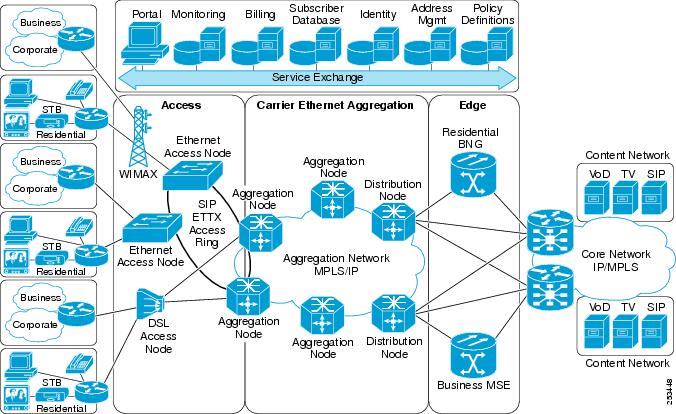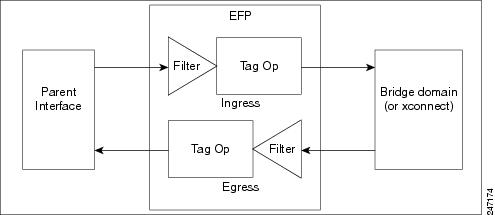Prerequisites for Configuring Layer 2 Ethernet Interfaces
Before configuring Ethernet interfaces, ensure that these tasks and conditions are met:
-
You must be in a user group associated with a task group that includes the proper task IDs. The command reference guides include the task IDs required for each command.
If you suspect user group assignment is preventing you from using a command, contact your AAA administrator for assistance.
-
Confirm that at least one of these line cards is installed on the router:
- 4-port 10-Gigabit Ethernet (4 x 10 GE) line card
- 8-port 10-Gigabit Ethernet (4 x 10 GE) line card
- 40-port 1-Gigabit Ethernet line card
- You know the interface IP address.
- You know how to apply the specify the generalized interface name with the generalized notation rack/slot/module/port .




 Feedback
Feedback